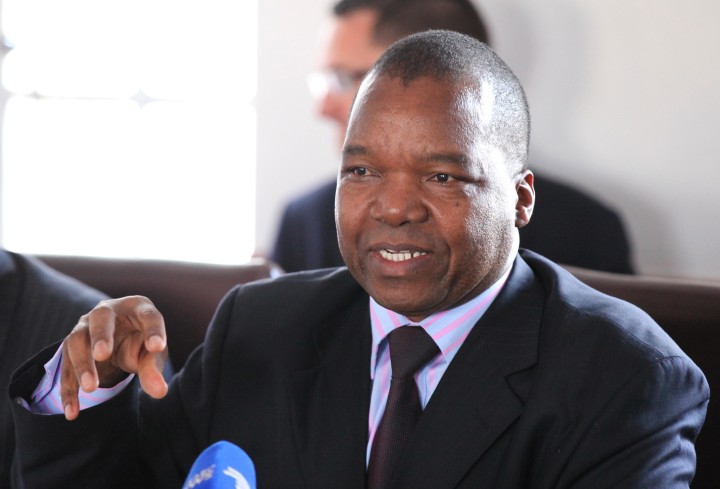
A PACKAGE of measures including tariff increases, an equity injection, increased borrowing and managed load-shedding has been approved by the Treasury to help Eskom out of its financial crisis.
The package was announced by the Treasury on Sunday and was approved by the Cabinet last week.
Eskom executives have said in recent months that the company’s sustainability is under threat, and an extra R225bn was needed to flow through the business over the next three years, over and above projected revenue.
The Treasury said on Sunday: “Eskom is facing significant challenges that threaten its sustainability.
These include a funding gap that requires closing to ensure security of supply. The main contributors to this gap include the fact that Eskom will not be generating enough revenues to cover the costs of electricity supply.”
The Treasury package includes an equity injection, the size of which is not disclosed. It will be elaborated on in the medium-term budget policy statement next month.
But the most important element of the package will be higher tariffs that “will provide Eskom with the revenue and cash flows the utility needs to complete the current programme of building power stations, repay debt and interest thereon,” the Treasury said.
Changes to tariffs would be sought through application to the National Energy Regulator of SA (Nersa).
- Chamisa under fire over US$120K donation
- Mavhunga puts DeMbare into Chibuku quarterfinals
- Pension funds bet on Cabora Bassa oilfields
- Councils defy govt fire tender directive
Keep Reading
The government would support this process. Nersa would, in turn, scrutinise Eskom’s application and “apply oversight and prudency tests” to determine if the request was in keeping with efficiency at Eskom.
This implies that Eskom will ask Nersa to reopen the multi-year price determination for 2013-14 to 2017-18. It was Nersa’s decision last year not to grant Eskom its requested 16% increase for this period — it allowed 8% — that resulted in the crisis.
The equity injection and increased revenue would enable Eskom to borrow R50bn more than the R200bn planned over the five-year period.
The Treasury did not elaborate on the expected load-shedding except to say that Eskom would no longer be using its diesel-powered open-cycle gas turbines to keep the lights on, and demand-management measures “would be accelerated”.
The turbines, which should only be used for peaking, have filled the gap between supply and demand for much of the past year. But they are expensive. Last year, Eskom spent R10,5bn on diesel, R8,1bn more than allowed by Nersa.
– BDLive










